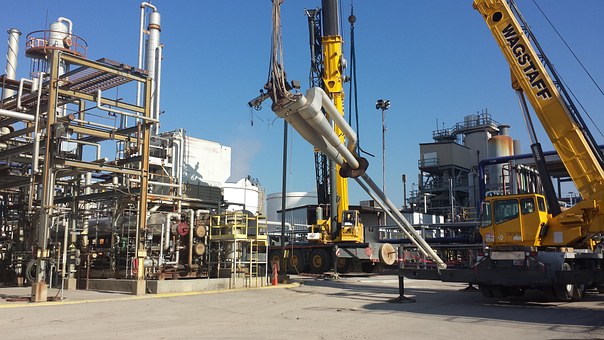UNITED STATES—Position sensors are essential devices used in determining the displacement of different machines and gadgets. Most types of position sensors are invaluable in industrial processes, while there are also position sensors that are used in consumer devices.
Sensing an object’s displacement helps to control and monitor movement effectively. Aside from this, sensors also act as a safety feature for machines. Position sensors either use non-contact or contact methods, as well as different types of technology to measure position or detect movement. Sensors not only detect rectilinear motion. A rotary sensor and angle sensor detect rotational motion and angular displacement, respectively.
Different types of position sensors
Buyers looking for position sensors used in industrial applications can choose from the following types of linear sensors:
- Linear potentiometers
- Capacitance
- Eddy current
- Photoelectric
- Ultrasonic
- Inductive
- Hall Effect
- Magnetoresistive
In choosing the right type of position sensor for the desired application, there are a number of important factors to consider.
Choosing the right position sensor
To guide you in finding the exact position sensor, consider the following:
- Sensor mounting. Sensors are either mounted close to the moving part or away from it. In some applications, sensors are integrated into the equipment. Knowing the desired sensor mounting is also essential for finding the right specifications.
- Vibration. This parameter refers to the occurrence of vibration in the working conditions. Some sensors are sensitive to vibration and will not produce the desired accuracy if subjected to such conditions. There are position sensors specifically designed to withstand high-vibration environments. An example would be a non-contact position sensor which is resistant to wear and tear.
- Temperature conditions. Another important consideration in choosing a position sensor is the range of temperature the device will be exposed to. Extreme cold or heat may damage moving parts, or compromise its performance. Many position sensor manufacturers today take this into account and have come up with new models which can perform well even in extreme temperature conditions.
- Resistance to corrosion. Most industrial applications of sensors require corrosion resistance because of the consistent exposure to compounds and chemicals which can easily corrode and damage the sensor.
- Output repeatability. Output repeatability is not synonymous to resolution, although these two parameters are often confused with one another. Repeatability pertains to the sensors ability to produce output signals consistently from the same direction.
- Lifespan. Linear sensors must be heavy-duty enough to last at least 200 million cycles. This is typically possible for non-contact sensor technology. Depending on the application, an infinite life cycle is desirable, but may also impact the cost.
- Accuracy. Some sensors may have a high temperature range but have low accuracy. Conversely, high accuracy sensors may not be suitable for extreme temperature applications.
- Power supply availability. Some sensors may require an auxiliary power source to function. You need to consider this when choosing the right type of sensor.
Aside from the factors mentioned above, there are other considerations to look into before buying a linear sensor. For example, you also need to check the manufacturer’s experience and reputation in producing high-quality sensors.






